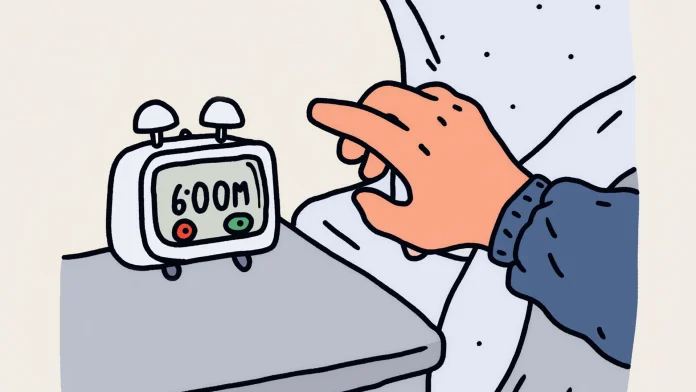Written by Santiago Berisso
Medically reviewed by Paula Alvarez (Psychologist, Dance-Movement Therapist, Emotional Intelligence Specialist & Applied Neuroscience in the Educational Field Specialist)
Why should we start making things with our hands again? What makes creating something—even something small—so special when our hands are actively involved? In a hyper-digital world, we often forget that our hands are more than just tools for tapping on screens or typing on keyboards. They are a direct link to our body, mind, and creativity.
Learning Through Hands
More than a century ago, Italian educator Maria Montessori emphasized the strong link between hans movement and cognitive development. According to her method, in the early years of life, the activities children can perform with their hands reflect how their brains are evolving. We learn by grabbing, manipulating, and repeating movements that imprint on our memory. In this way, manual tasks are more than just actions—they help shape our identity and influence who we become.
Throughout human history, our hands have been at the forefront of creativity. Even today, despite our reliance on technology, they remain essential.
Why Handwriting Is More Than Just Nostalgia
Handwriting is one of the most neglected habits in our daily lives. While typing on keyboards has become more practical, research shows that writing with pen and paper activates more areas of the brain. Each letter we draw requires unique motor coordination. Writing an “R” is not the same as writing an “S,” whether in print or cursive. When we write by hand, the brain engages with more precision and focus than when typing, where finger movements are repetitive and consistent, regardless of the letter.
Handwriting helps us understand what we are doing, retain information, and stay focused. Although handwriting may seem like a relic of the past, it remains a powerful exercise for the present.
Hands-On Creativity: Slowing Down and Finding Balance
Spending hours glued to screens can leave our senses overwhelmed. Finding our way back to the body can help us regain balance—and our hands can be the perfect gateway.
It’s not just about writing. We can draw, paint, knit, embroider, cook, mold clay, make crafts, redecorate a corner of the house, or build a model. Using our hands can give us a break from the fast-paced routine, helping us enjoy for a while and giving us a chance to unwind. The goal is to carve out a moment to make something without expecting perfection—just for the joy of creating.
During the pandemic, many people rediscovered the value of these simple moments. Now that life is speeding up again, it might be time to hold on to them.
How Hands-On Activities Support Mental Health
Hands-on creativity reduces stress, alleviates anxiety, and boosts mood. Although we often associate crafting with childhood, its positive impact is beneficial at any age. Taking time to make things with our hands helps us focus, practice patience, build resilience, and gain a sense of accomplishment with each small success.
7 Reasons to Create with Your Hands
- Develops fine motor skills
- Builds patience and resilience
- Increases self-confidence
- Reduces stress levels
- Enhances concentration
- Improves hand-eye coordination
- Boosts creativity and overall well-being
Embrace Creativity: Make with Your Hands, Just Because
In a world where everything has to be useful or productive, making something with your hands can be a gentle rebellion. Create for the sake of creating. Enjoying without pressure.
And the best part? You don’t need to sign up for a pottery class or buy expensive materials. Sometimes all it takes is a piece of paper—or just the willingness to start. Just like running, where desire and determination are all you need, working with your hands can be a simple and powerful way to reconnect with yourself.






